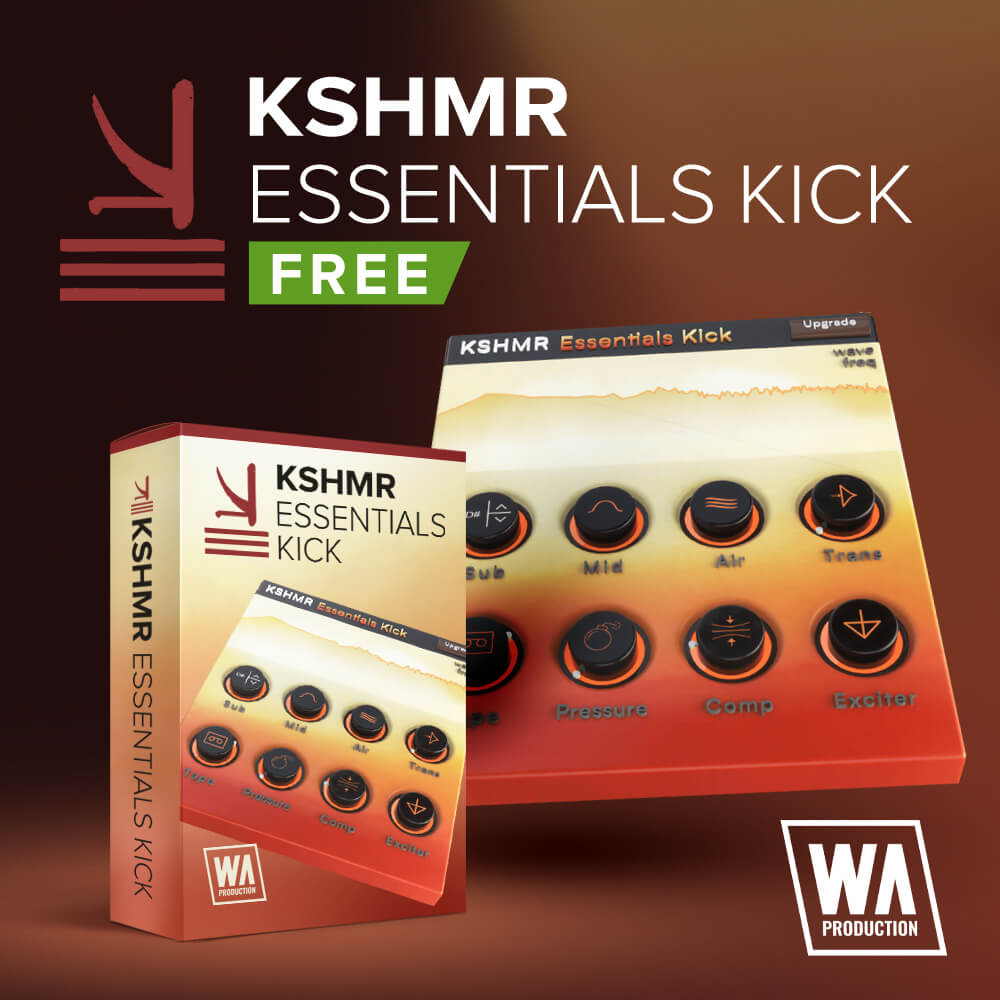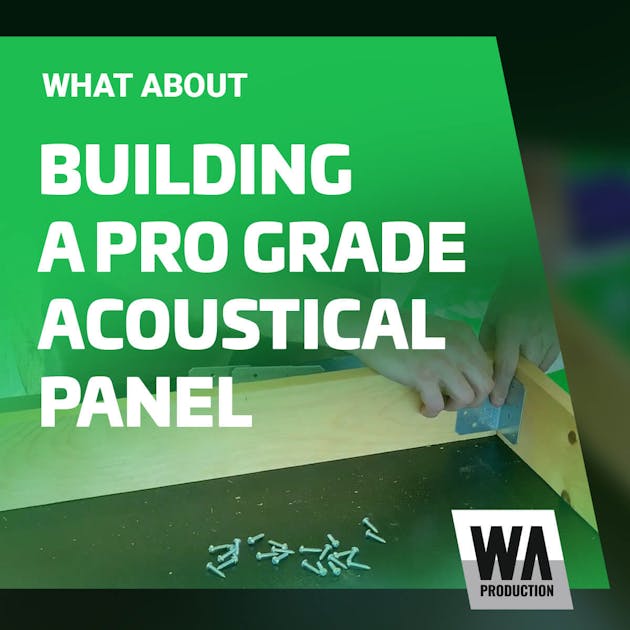
 50%
50%
In this video weʼre going to learn how to build a professional grade 48”L x 24”W x 4”D broadband absorber acoustical panel for a fraction of the cost of a pre-made panel, using only basic hand tools and materials available at any home improvement center & building supply center. These are extremely versatile and effective panels for use in all parts of a studio, and absorb a wide range of frequencies across the spectrum. Weʼll start with the basic tools and materials needed and work our way step by step through transforming the raw materials into a fully functioning professional grade broad band absorber you can use in your studio
Intro: Tools & Materials Overview
In our first video weʼll be going over the basic tools and materials needed to build this panel, including where to source them & what sizes / types of materials are needed so you get an idea of what the build will entail as we get ready to start the build.
Video 1 - Assembling The Frame
In this video weʼre going to be going over the first step of the build, which is to assemble the frame of our panel from our pre-cut lumber. This frame will be the backbone of the panel and will function to support the acoustical substrate as well as the point for us to secure our fabric and supporting pieces onto, showing you step by step the best practices for making a sturdy frame.
Video 2 - Trimming And Fitting The Rockwool Intro The Freame
In this video, weʼll be going over the second step of the build, which is trimming our acoustical substrate to fit in the frame weʼve built, and then fitting it neatly into our frame. Weʼll be showing you the best practices for handling, measuring, trimming, and fitting the substrate into our frame without the use of any specialty cutting guides or tools for a nice clean fit.
Video 3 - Securing The Back Of The Panel
In the video for the third step our our build weʼll be going over how to secure the back of our panel to ensure the acoustical substrate we installed in the previous video is held in place and supported on the back of the panel to prevent it from sagging or falling out of the open side of the panel. Weʼll discuss the benefits of leaving an open back panel vs closed back, and show step by step how to quickly and easily make a nice support system on the open back of our panel so it can be handled and moved without the substrate falling out once the panel is completed.
Video 4 - Installing The Fabric On The Panel
In this video weʼll be going over the fourth step of our build process, which is installing the fabric onto our panel to cover the frame and acoustical substrate. Weʼll be going over how to prepare the fabric for wrapping the panel, positioning and measuring the fabric for even coverage on our panel, and the steps and best practices for applying our fabric to the panel itself.
Video 5 - Finishing The Corners
For this video weʼll be showing the fifth step out our build, which is how to finish wrapping the fabric we installed in the previous video over the corners of our panel. This can often be the trickiest for most people to do, but weʼll cover the easiest and most effective way to create a nice cleanly finished fabric edge around the corners of the panel to add a crisp professional look to the panel.
Video 6 - Trimming The Excess Fabric
In the video for the sixth and final step of the build process, weʼll look at how to trim away the excess fabric left over after applying it to the panel and finishing the corners, so we have a lean mean & clean looking panel.
Video 7 - Final Insights & Tips + Outro / Credits
In our final video, Weʼll be discussing applications for this panel in your studio as well as briefly going over ideas for mounting this panel, how it can be used in the different areas of your studio, as well as giving you some final thoughts and insights on this build as we wrap everything up.


Comments
Add new comment
Reviews 1 | Average Rating (4 Votes):
★★★★★